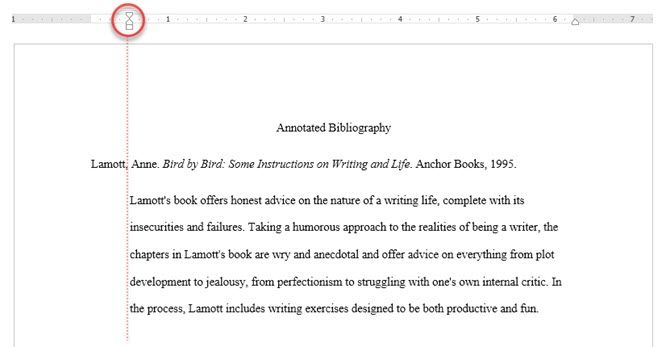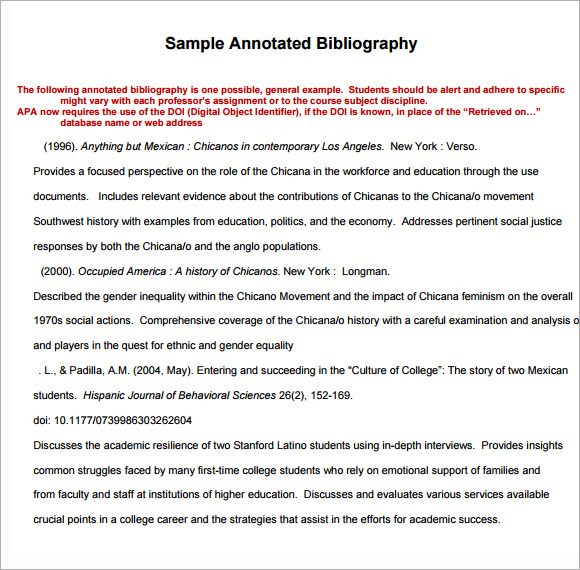

What you’re looking for in the sources will depend on the kind of annotations you have to write. You may even prefer to write your annotations as you go, while each source is fresh in your mind. Once you’ve selected an appropriate range of sources, read through them, taking notes on each source that you can use to build up your annotations later. If a particular source keeps being cited, it’s likely to be important. Read the abstracts or blurbs of the sources you find to see whether they’re relevant to your topic, and try exploring the bibliographies of relevant sources to discover more. Sources can include journal articles, books, and other source types, depending on the scope of the assignment. See here for further guidance on keyword searching. Use these keywords to search databases (e.g. List different variants of the relevant terms so that you don’t miss anything. Make sure that you’ve clearly defined your topic, and then consider what keywords are relevant to it.

Otherwise, the scope of your assignment and your choice of topic will guide you in what kind of sources to look for. If the annotated bibliography is part of the research process for a paper, your sources will be those you consult and cite as you prepare the paper. The first step is to find appropriate sources.


 0 kommentar(er)
0 kommentar(er)
